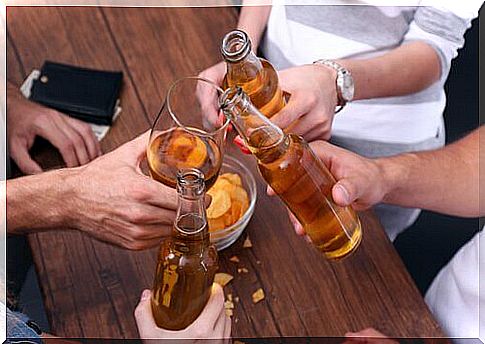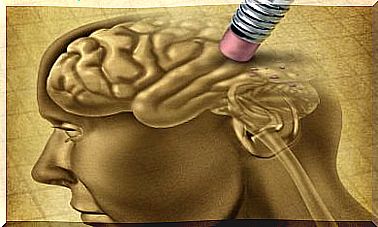The Thin Line Between Alcoholism And Habit

Today you got out of work and like every Friday afternoon you stayed for a few drinks with your friends.
It’s your tradition and almost your only way to stay in touch. But this afternoon will be different, as one of your friends brings news that surprises you all: he has been said to be diagnosed with the disease of alcoholism.
This habit of drinking glasses every Friday afternoon is part of the problem.
This bomb causes shock to you and your friends because you think it is a joke. But this is no joke, it is a real problem and unfortunately very common, but also difficult to understand.
It is difficult for you to understand because you too drink, you too go to these meetings with your friends and you participate in this habit. But you’re not an alcoholic, or that’s what you think.
So doubts and questions arise. What makes us alcoholics?
Why are some people more exposed to alcoholism than others? What habit can lead to alcoholism? By reading this article, you will find answers to your questions.

Alcoholism or habit?
The diagnosed classifications, such as the DSM-5, define the disorder with the following criteria: “a grouping of behavioral and physical symptoms, including abstinence, tolerance and intense desire for consumption”.
Among the criteria, emphasis is placed on the frequency and recurrent alcohol consumption as an essential part of the diagnosis, but can this recurrent consumption be considered a habit?
According to the Royal Spanish Academy of Language, if we take into account the sixth definition of the word habit, it can be compared to a “situation of dependence on certain drugs”.
But is it the habit that generates an addiction in itself? The answer is not clear. An addiction, in the case of alcoholism, is a disease that develops according to bio-psycho-social factors.
We go from a simple habit to an abusive consumption which modifies the cerebral structure and the behavior of the subject.
That is to say that it is a conjunction of biological, social and behavioral factors that make a habit, like drinking with friends, become something more, an addiction in short.
This is the most dangerous, because there are factors that we control and others not, so it is difficult to predict who will be prone to develop this addiction and who will not.

Why do some become alcoholics and others not?
So why in this group of friends we were talking about at the beginning, is one of them an alcoholic and the rest not? The factors that influence the development of alcohol addiction can be summarized as follows:
Biological factors
The biological factors that help the development of alcoholism include both the genetic inheritance and the alteration of different neurotransmitters and brain structures, generated by the habit of consumption which, in predisposed subjects, is faster.
Alcohol consumption disorder is more easily found in relatives of the same family: 40-60% of the risks of suffering from alcoholism are explained by genetic influences.
In addition, the triple and quadruple risk for children of people with alcohol addiction disorders.
Regarding brain structures and neurotransmitters, it has been discovered that dopamine is involved in triggering addictions because it is linked to pleasure.

Psychological factors
The perception that the own subject has of the consumption of alcohol and the use he makes of this product can be very important.
If, in the group of friends we were talking about at the beginning, the one who developed an alcoholic disorder was the one who tolerated alcohol the best, he had to drink a lot more than his friends.
In addition to putting one’s own health at risk, by generating a harmful habit, its consumption has become uncontrollable and it is an addiction.
So the behavioral rules during adolescence on controlling consumption and devaluing the need for social validation are very important.
Social factors
The perception of alcoholism and the immediate availability of alcohol in the society in which the subject is immersed are also important.
It has been shown that in societies where it is very permissive, there are higher rates of alcoholism.
You should therefore know that there is a very fine line between habit and alcoholism.
On this line, there are factors that are under the subject’s control, such as their behavior. But others are not, such as biohazard.
We must therefore be very careful and always consume alcohol in moderation, or even avoid its consumption.









